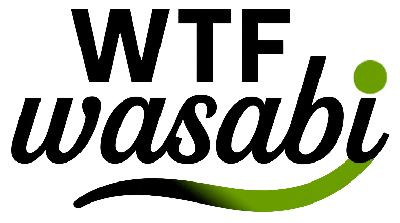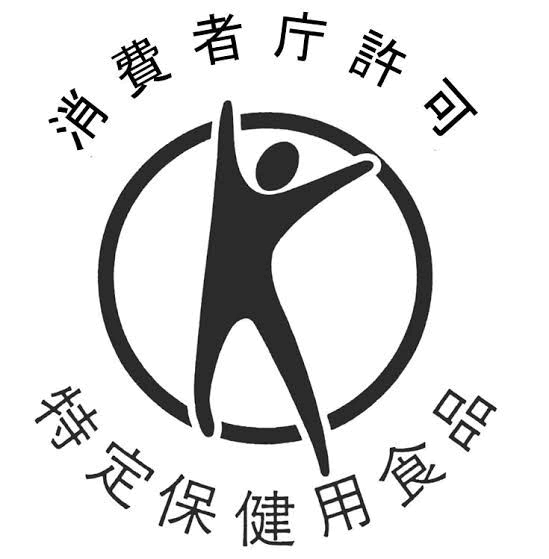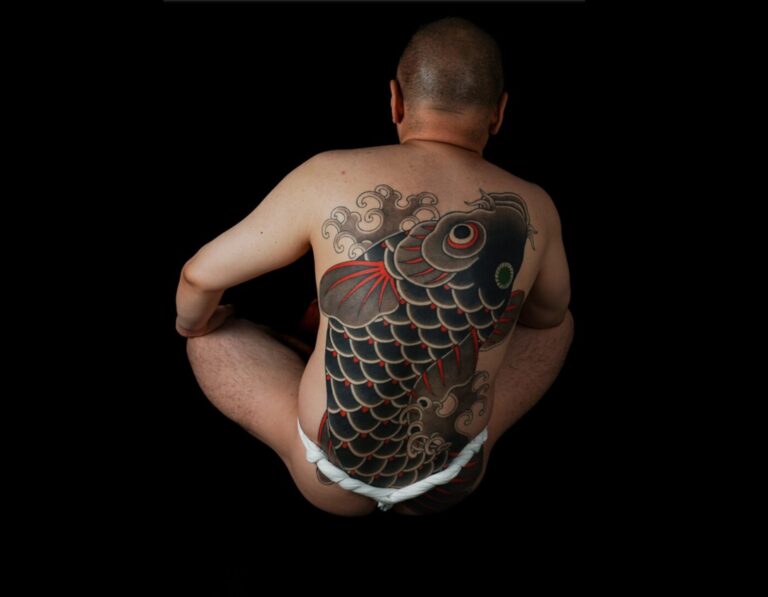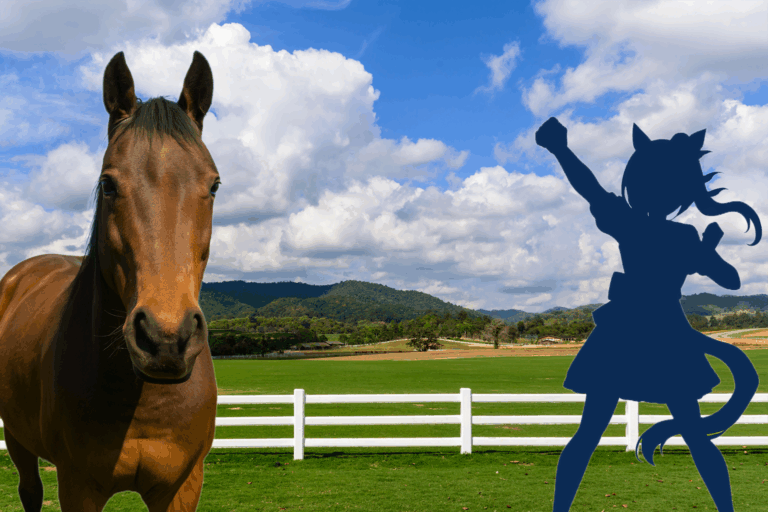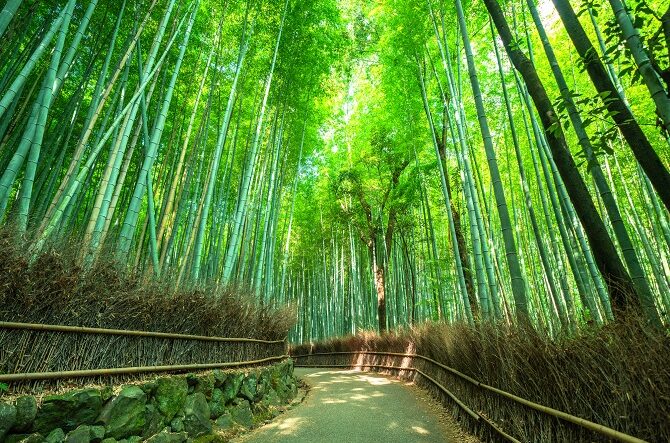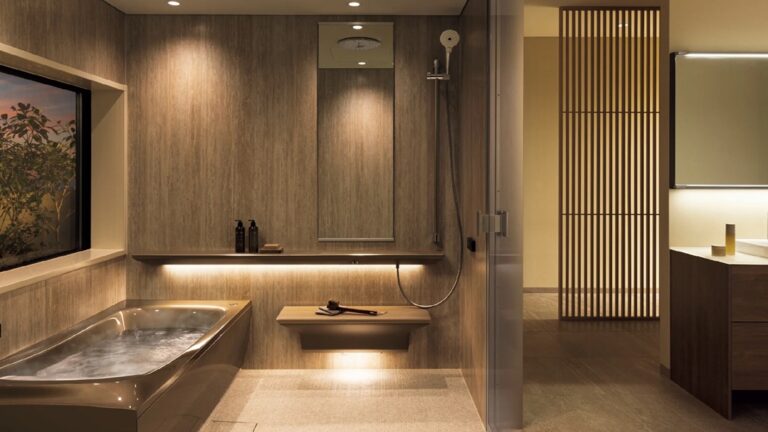Pocari, Aquarius, and OS-1. Japan’s summer survival kit
The Japanese Art of Functional Hydration
Summer in Japan isn’t just hot—it’s oppressive. The combination of intense heat and suffocating humidity creates a climate where heatstroke isn’t just an outdoor risk. Every year, people collapse inside their own homes. Against this backdrop, Japan developed a unique category of drinks designed not just to quench thirst, but to function—hydrating faster and more efficiently than water alone.
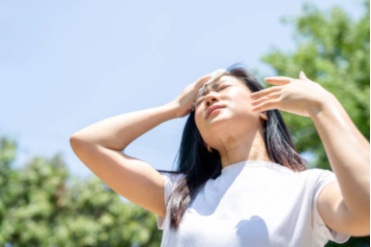
Aquarius. Pocari Sweat. OS-1. These are the three names you’ll see again and again, not just on store shelves but in backpacks, coolers, and even hospitals. They each serve a different purpose. Understanding when and how to use them is key to surviving a Japanese summer.
Aquarius
A lightly sour, refreshing sports drink packed with citric acid and amino acids. Designed to keep you going during physical activity, it’s often the first thing athletes reach for.
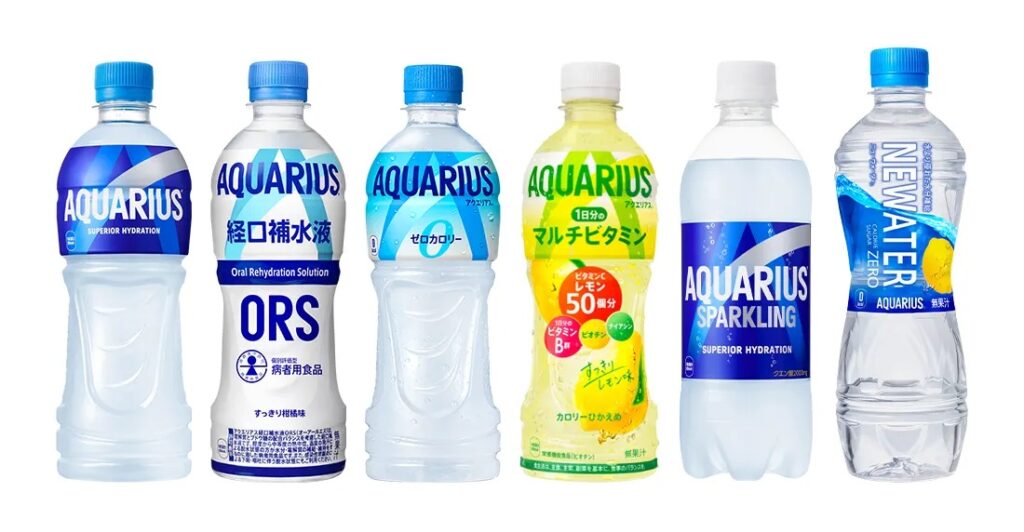
- Great for use during exercise or outdoor work
- Includes amino acids and citric acid to support endurance and recovery
- Less sugar than Pocari Sweat—suitable for casual hydration
- Widely available in vending machines, convenience stores, and supermarkets
- Some variants are labeled as Foods with Function Claims under Japan’s consumer health regulations
Pocari Sweat
A cult classic in Japan and Asia, Pocari Sweat is formulated to resemble the body’s natural fluid balance. It’s mild, slightly sweet, and designed to be rapidly absorbed.
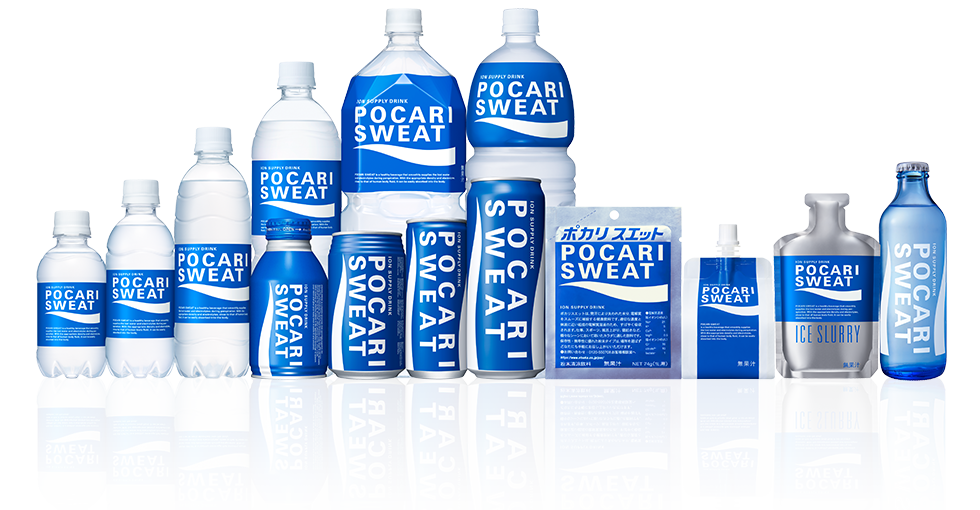
- Optimized for absorption thanks to its electrolyte balance
- Ideal after sports, mild fever, or dehydration
- Commonly used in healthcare settings (not a medical product, but trusted)
- Friendly for children and elderly due to its soft flavor
- Found everywhere—from vending machines to pharmacies
- Available in many formats: powder, frozen pouches, jelly packs
OS-1
OS-1 isn’t a sports drink—it’s an oral rehydration solution used during illness, heatstroke, or severe dehydration. Think of it as the drinkable IV drip.

- Categorized as a Food for Special Dietary Uses approved by the Ministry of Health
- High in sodium—tastes slightly salty to most people
- For symptoms like vomiting, diarrhea, or intense heat exhaustion
- Not for everyday hydration
- Rare in convenience stores, mostly sold at pharmacies and drugstores
- Also comes in jelly, pouch, and child-safe formats
Side-by-Side Comparison
| Product | Sodium (mg/100ml) | Sugar (g/100ml) | Calories (kcal/100ml) | Key Features |
|---|---|---|---|---|
| Aquarius | ~34mg | ~4.7g | ~19kcal | Light, sporty, recovery-focused |
| Pocari Sweat | ~49mg | ~6.2g | ~25kcal | Body-fluid balanced, fast absorption |
| OS-1 | ~115mg | ~2.5g | ~10kcal | Clinical-level hydration for medical needs |
(Numbers vary slightly by packaging and formulation)
Reading the Label: What Does “Functional” Mean?
Japan has strict regulations about health claims on food and drinks. Many of these beverages carry the Foods with Function Claims label, backed by scientific data submitted to the Consumer Affairs Agency. You might see phrases like:
“Contains citric acid, which has been reported to reduce fatigue.”
OS-1 goes a step further—it’s a certified Food for Special Dietary Uses, intended specifically for people with medical conditions. The labels on these drinks aren’t just design—they’re legal categories that help you understand when to drink what.
Creative Ways Japanese People Use Them
Hydration drinks in Japan aren’t just for chugging after a workout. They’ve become part of everyday summer life—and sometimes, people get inventive:
- Frozen bottles A frozen bottle version that can also be used as an ice pack will be available at some convenience stores during the summer.
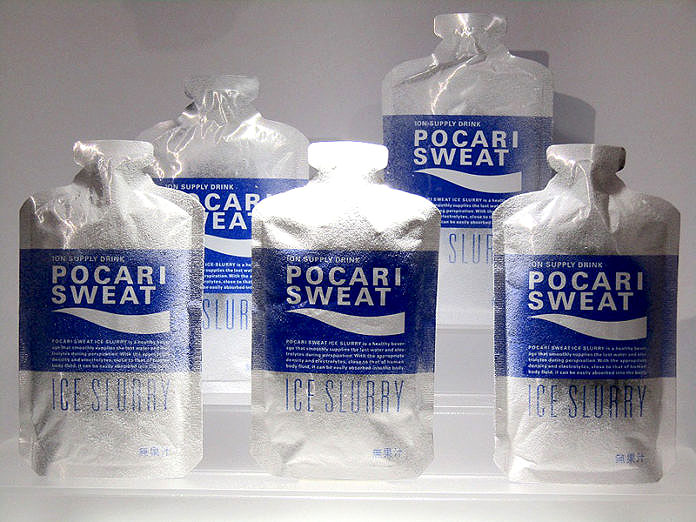
- Homemade jellies for gentle rehydration after illness
- Fruit smoothies using Aquarius or Pocari as a base
- Frozen sports drink popsicles for kids
- “Oropo” (Pocari + Oronamin C), beloved by sauna enthusiasts
Oronamin C is a small, carbonated energy drink rich in B vitamins and caffeine. First launched in the 1960s, it has a nostalgic reputation in Japan as a “health tonic”.
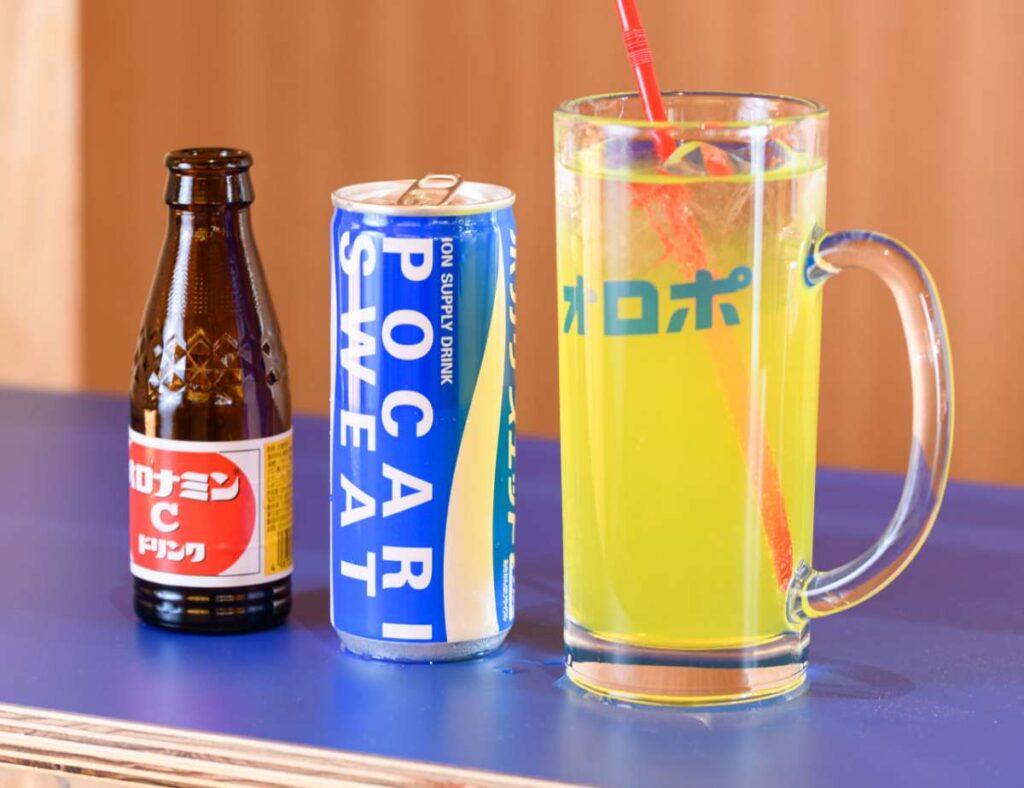
©”Super Sento Nationwide Search” Production Committee
- Alcohol mixers (not recommended, but some people do it)
Some even use Pocari or Aquarius to mix with shochu or vodka, saying the electrolytes and sugar “make it hit faster.” It’s not medically advised, but it’s part of Japan’s summer drinking folklore.
Hydration Culture You Can Taste
If you visit Japan during summer, skip the plain water for once. Step up to a vending machine and choose your fighter: Aquarius, Pocari, or OS-1 (if you’re near a pharmacy).
Each one carries a purpose, and locals know the difference. This isn’t just hydration—it’s survival, turned into convenience, science, and habit.
And honestly? It tastes like Japan.
You might also be interested in these articles
■Japan’s Factory Tours Are Free. But You Probably Won’t Leave Empty-Handed.

Born in Japan, raised in Toronto. I dive deep into anime, pop culture, and history — bringing both otaku vibes and global views.
